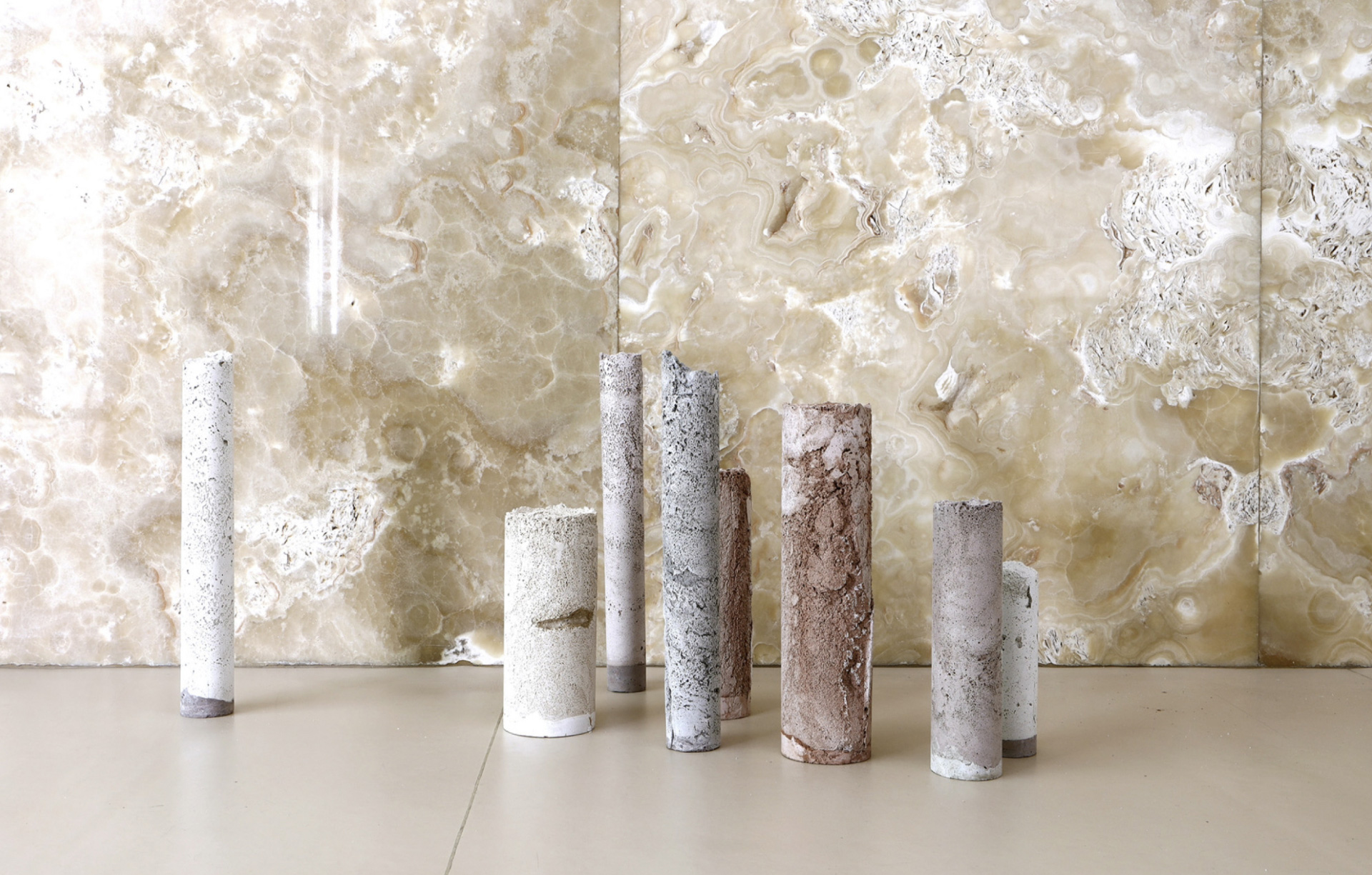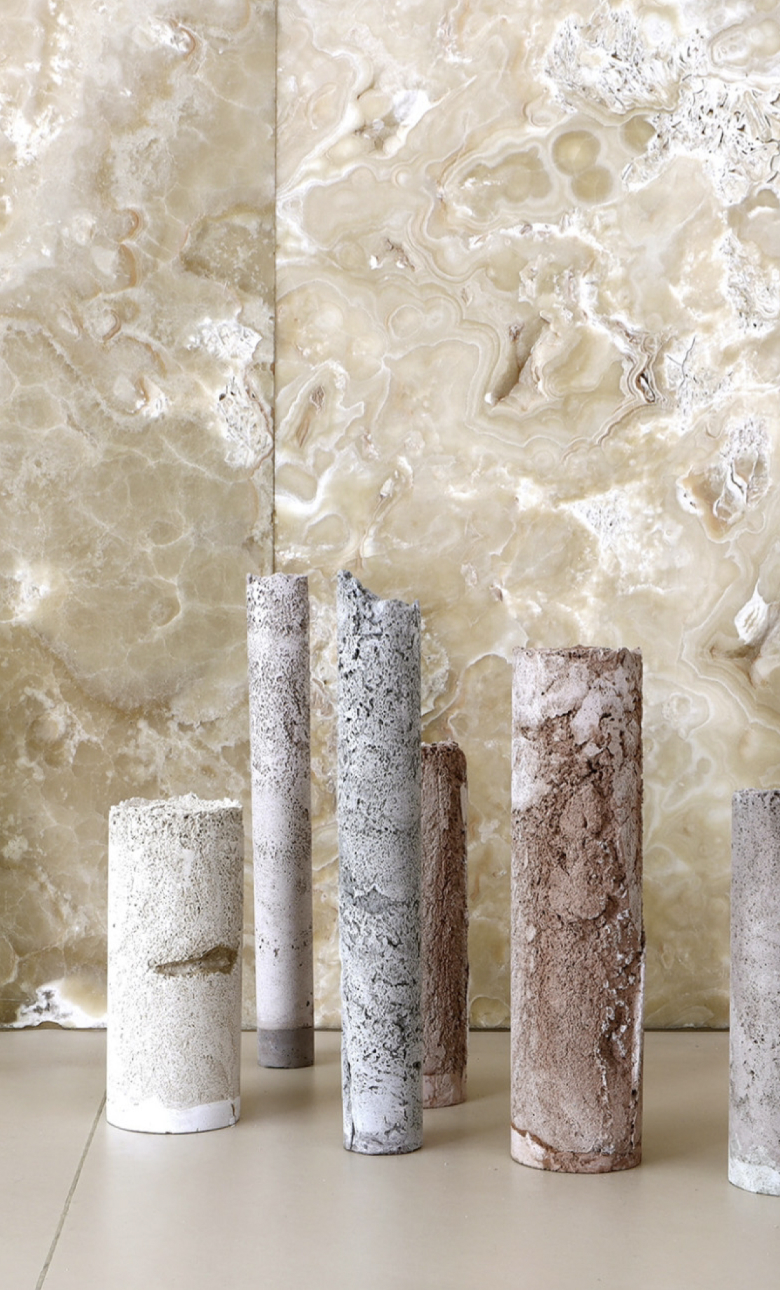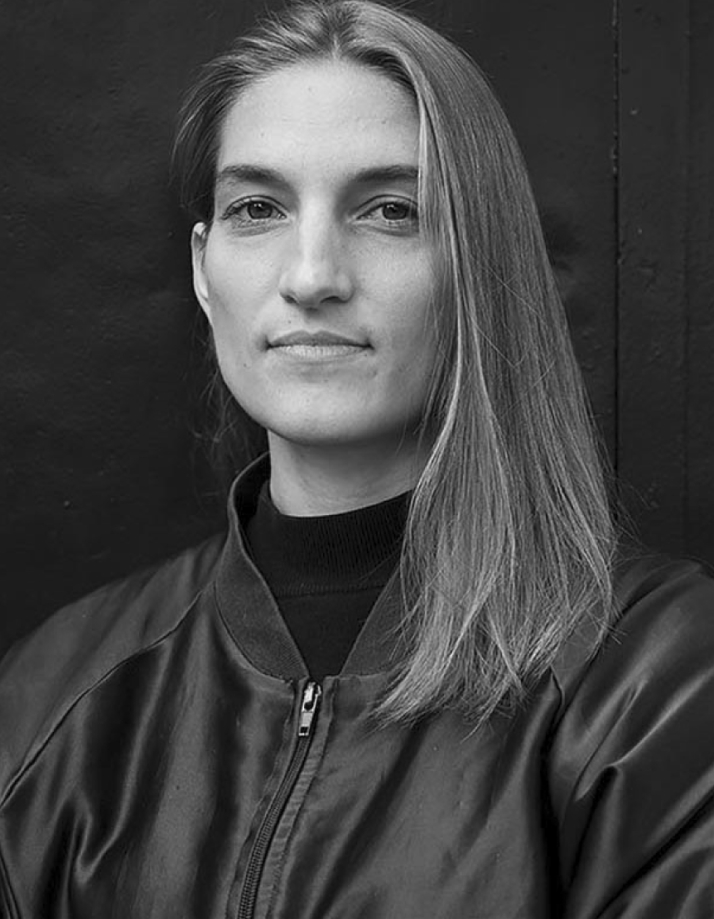
Massimo Dutti is incorporating artistic and artisanal elements into the design of its new concept stores in Brussels, London, Vienna, Zurich and Paris. These redesigned interiors represent the brand’s natural evolution towards a more sophisticated store concept.
By embracing handcrafted materials, artisanal techniques, furniture and a shift towards more organic shapes and neutral, natural colours, the stores now convey a sense of purity that enhances the brand’s revamped image. This new look seamlessly combines all the elements to showcase Massimo Dutti’s inherent history, an integral part of the brand’s DNA.
MASSIMO DUTTI
THE INTENT OF THINGS
VIENNA
MARIT WOLTERS
For the Art Tour project. For The Intent of Things in Vienna, Marit Wolters is the artist selected to exhibit her artwork entitled “Grete’s Legacy”. Marit Wolters is a German sculptor who lives and works in Vienna. Her work explores the relationship between nature and architecture and the various ways in which they intersect. Individual materials, the exploration of their properties, local material histories and the theme of recycling in artwork often play a central role in her installations.
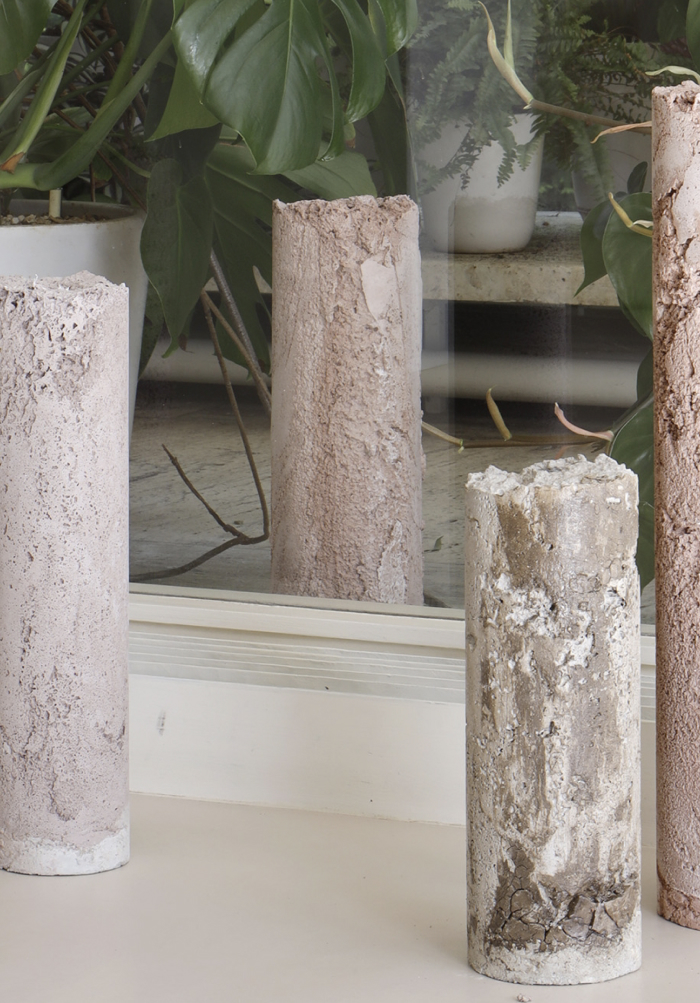
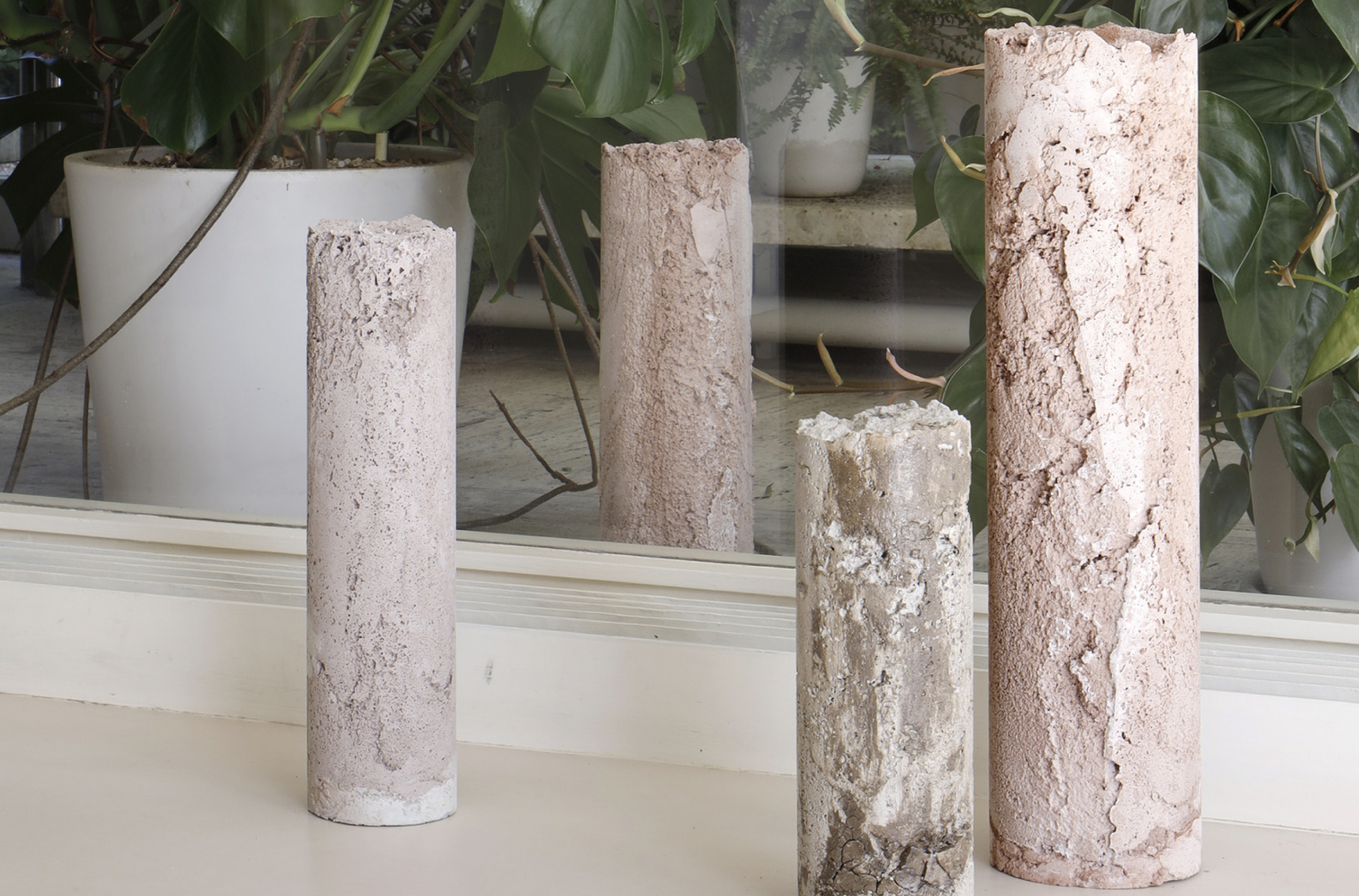
MASSIMO DUTTI
THE INTENT OF THINGS
VIENNA
Emmanuelle Indekeu, art curator for Massimo Dutti’s Art Tour Project, has forged a meaningful link between the new stores and the arts through her work. The leitmotif of The Intent of Things project is the affirmation that art cannot exist without intention: there is an underlying meaning behind everything. The artist’s job is to make this meaning blossom, either by tapping into the hidden purpose of existing objects or by drawing attention to things that are often overlooked. The artist’s intention is to transform, the object’s to exist, and the audience’s to discover.

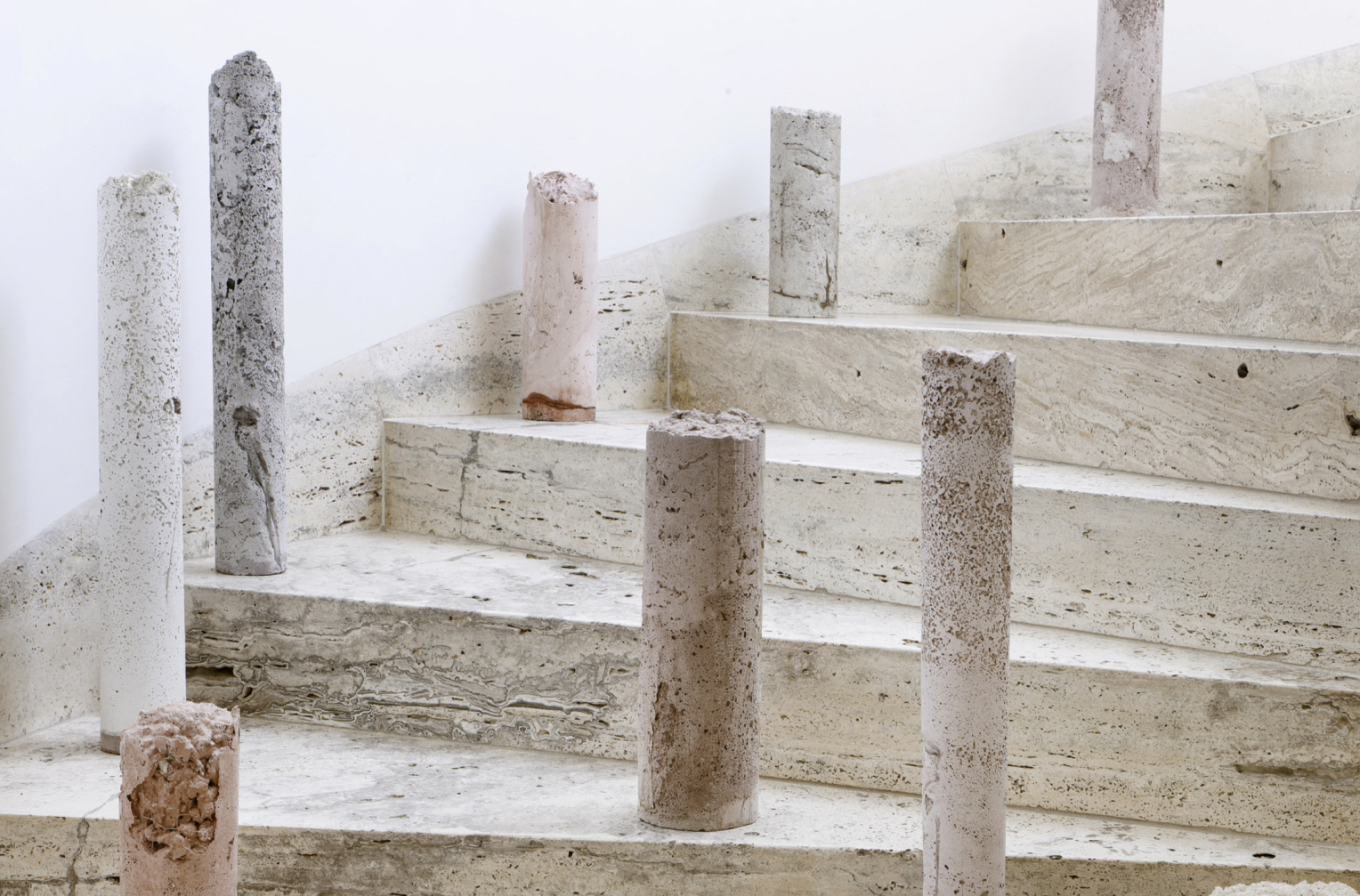
MASSIMO DUTTI
THE INTENT OF THINGS
VIENNA
ABOUT THE ARTWORK
Marit Wolters’ work explores the relationship between nature and architecture and the various ways in which they intersect. Individual materials, the exploration of their properties, local material histories and the theme of recycling in artwork often play a central role in her installations. The “Grete’s Legacy” project includes a series of several dozen unique aerated concrete objects crafted from local materials reclaimed from the grounds of Villa Tugendhat, a villa designed by Mies Van der Rohe for Grete and Fritz Tugendhat. Like the villa, the porous concrete is permeated with air. This blend of interior and exterior is also a dominant feature of Van der Rohe’s design.
Marit Wolters’ artwork is all about presence: fragile and ephemeral constructions, the place where sculpture, architecture and landscape meet in constant dialogue with the space they occupy. Her work combines on-site experimentation and the exploration of the abstract. One of the facets of her work is the procedural approach and her interpretation of the exhibition site. In their autonomy and sovereignty, the pieces serve as an intermediary that facilitates a dialogue between the exhibition space and the audience. They are, in many ways, a prolongation, an extension and a continuum of the materials and history that make up the space, but embodied in a sensual form.
